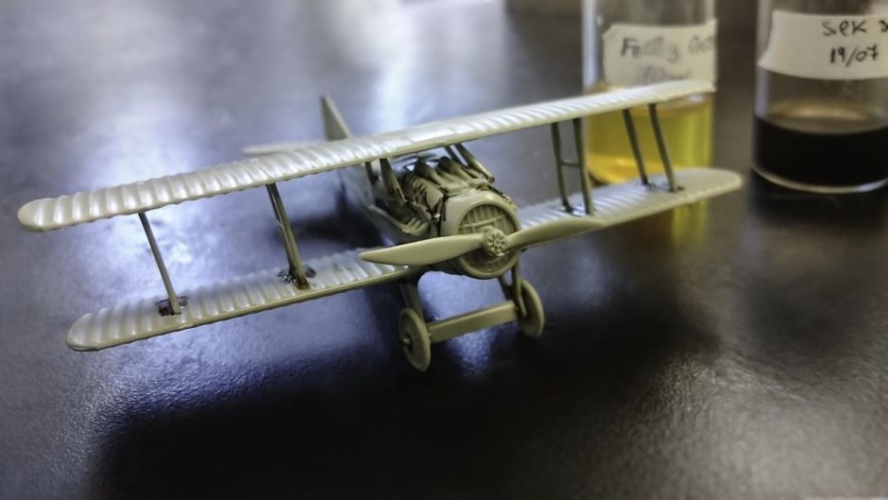
Developed by a team at Tufts University in Massachusetts, the new adhesive is claimed to be stronger than most synthetic glue products on the market. Their findings have been published in Advanced Science.
Starting with the fibrous silk protein harvested from silkworms, they were able to replicate key features of barnacle and mussel glue, including protein filaments, chemical crosslinking and iron bonding.
"The composite we created works not only better underwater than most adhesives available today, it achieves that strength with much smaller quantities of material," said Fiorenzo Omenetto, director of the Tufts Silklab where the material was created, and corresponding author of the study. "And because the material is made from extracted biological sources, and the chemistries are benign - drawn from nature and largely avoiding synthetic steps or the use of volatile solvents - it could have advantages in manufacturing as well."
Interlocking microstructures are key to superstrong underwater adhesives
Sea mussels to inspire offshore wind farm solutions
The Silklab team focused on several key elements to replicate in aquatic adhesives. Mussels secrete long sticky filaments called byssus, which form polymers that embed into surfaces and chemically cross-link to strengthen the bond. The protein polymers are made up of long chains of amino acids including one, dihydroxyphenylalanine (DOPA), a catechol-bearing amino acid that can cross-link with the other chains. Mussels also add iron complexes that reinforce the cohesive strength of the byssus.
Barnacles secrete a strong cement made of proteins that form into polymers which anchor onto surfaces. The proteins in barnacle cement polymers fold their amino acid chains into beta sheets - a zig-zag arrangement that presents flat surfaces and plenty of opportunities to form strong hydrogen bonds to the next protein in the polymer, or to the surface to which the polymer filament is attaching.
Omenetto's team set to work replicating these natural phenomena, drawing on their expertise with the chemistry of silk fibroin protein extracted from the cocoon of silkworms. The team said silk fibroin shares many of the shape and bonding characteristics of the barnacle cement proteins, including the ability to assemble large beta sheet surfaces. The researchers added polydopamine - a random polymer of dopamine which presents cross-linking catechols along its length, much like the mussels use to cross-link their bonding filaments. The adhesion strength is then significantly enhanced by curing the adhesive with iron chloride, which secures bonds across the catechols.
"The combination of silk fibroin, polydopamine and iron brings together the same hierarchy of bonding and cross-linking that makes these barnacle and mussel adhesives so strong," said Marco Lo Presti, a post-doc in Omenetto's lab and first author of the study. "We ended up with an adhesive that even looks like its natural counterpart under the microscope."
Getting the right blend of silk fibroin, polydopamine, and acidic conditions of curing with iron ions was critical to enabling the adhesive to set and work underwater, reaching strengths of 2.4MPa when resisting shear forces. This is said to be better than most experimental and commercial adhesives, and slightly lower than the strongest underwater adhesive at 2.8MPa. The Tufts adhesive is non-toxic and requires only 1-2mgs per square inch to achieve that bond.
"The combination of likely safety, conservative use of material, and superior strength suggests potential utility for many industrial and marine applications and could even be suitable for consumer-oriented such as model building and household use," said Prof. Gianluca Farinola, a collaborator on the study from the University of Bari Aldo Moro, and an adjunct Professor of Biomedical Engineering at Tufts.
"The fact that we have already used silk fibroin as a biocompatible material for medical use is leading us to explore those applications as well," added Omenetto, who is also the Frank C. Doble Professor of Engineering at Tufts School of Engineering.

Project to investigate hybrid approach to titanium manufacturing
What is this a hybrid of? Superplastic forming tends to be performed slowly as otherwise the behaviour is the hot creep that typifies hot...